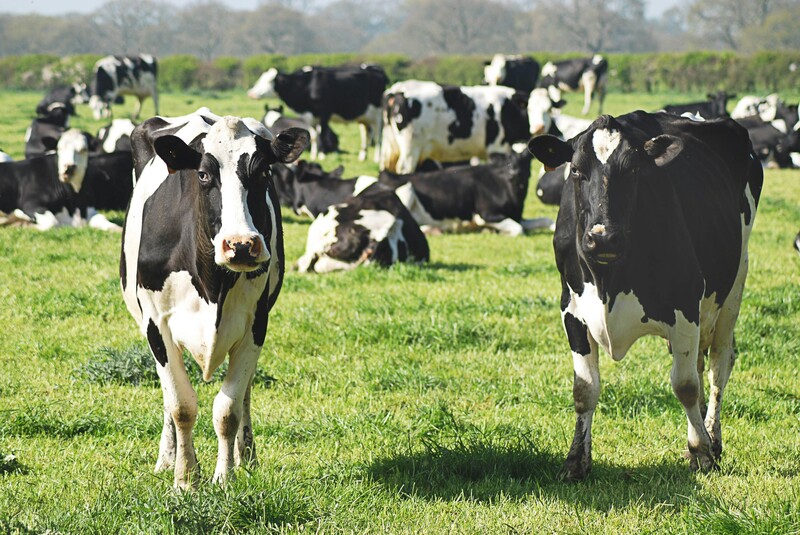Some new ground rules from our southern neighbour are putting Canadian cattle at risk of losing their honourary dual citizenship.
What happened: This week, the U.S. issued new, more restrictive guidelines for when “Product of USA” labels can be used on meat, poultry, and eggs. The move is meant to help U.S. farmers, but experts expect it to hit Canada’s agriculture sector hard in the process.
- Right now, any meat products that have been imported and then slaughtered or repackaged in the U.S. can use the coveted label, but the new rules would require cattle to also be born and bred in the U.S. for it to be labelled as American-made.
Catch-up: The U.S. used to have mandatory country of origin labels for meat, but in 2015, the World Trade Organization kindly gave the States the choice to either face $1 billion in trade sanctions from Canada or scrap the requirement. The U.S. landed on the latter.
- Now, the U.S. is moving forward with a softer version of the rules, which lets American companies show off their patriotic production process to customers but doesn't force Canadian producers to slap a “Made in Canada” label on their products.
Why it matters: Both sides of the political aisle in the U.S. are continuing to adopt more America-first trade policies, but the label changes are likely to spell trouble for a cattle industry that contributes ~$24 billion annually to Canada’s economy.—LA
